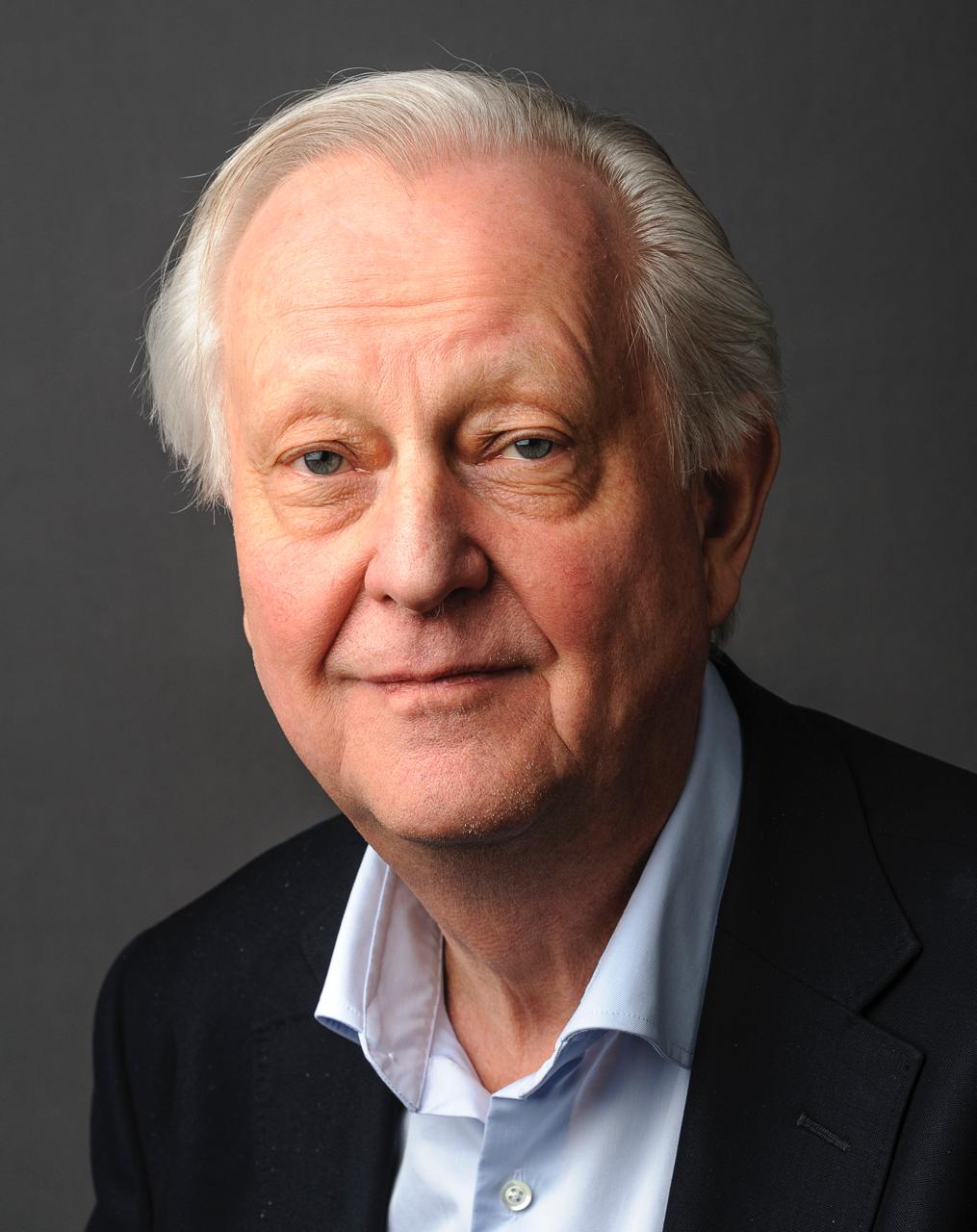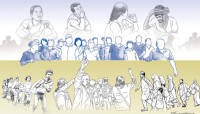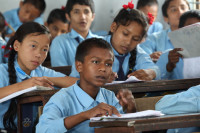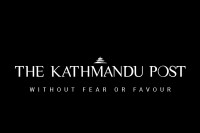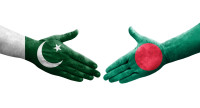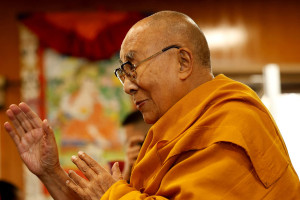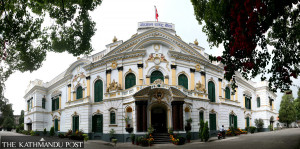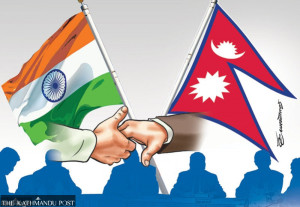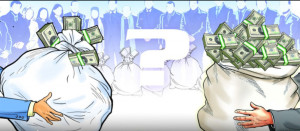Columns
Electoral systems, parties and govt structure
Policies should be worked out at all geographical levels and among various groups.
Kåre Vollan & Andreas Follesdal
The Gen Z protest in Nepal was sparked by the government’s ban on social media, but was followed by a broader protest against corruption and the government in general. A transition government headed by former chief justice Sushila Karki is in place, and snap elections are called for in March 2026.
There are vivid discussions about possible reforms, partly to the Constitution and partly to regular legislation. Many of the proposals are supposed to make governments more stable and fight corruption. These honourable objectives may be better achieved by adjusting some of the following suggestions.
The mixed electoral system
Both the constituent assembly (CA) and the House of Representatives (HoR) have been elected by a parallel mixed system. Now, 165 representatives are elected according to First-past-the-post (FPTP), and 110 by nationwide Proportional Representation (PR).
Critics are right that there are too frequent changes of government, but removing the PR system is not advisable. Karki’s is the 15th government since the 2008 CA elections. However, even in the 1990s, when the system was FPTP only, there were frequent government changes. This was mainly due to parties’ internal issues or rivalries within coalitions. The leading cause of instability seems to be the party culture where personal positions and power are prioritised over policies.
Fewer parties in parliament and additional seats for the biggest party may make it easier to create a stable government. However, many will find pure FPTP unfair since a party with only 30 percent of the votes can form a government in the system. This is especially a concern in divided societies, where the representation of minorities is essential. One may, however, consider raising the threshold for winning PR seats from 3 percent to 4 percent to limit the number of parties in the HoR. But a representative parliament will give groups and parties confidence that they are represented and have a voice.
In the PR side of the elections, quotas have secured diversity. Some have argued that representation of excluded groups can also be secured with FPTP. The most obvious choice could be the Indian arrangements with reserved constituencies for Other Backward Classes (OBCs) and women. But that prevents caste people and men from running in the constituency where they are known. Other alternative ways to combine quotas with FPTP all have negative side effects.
Another reason some oppose PR is the claim that it makes candidates responsible to the party rather than to voters. This was to some extent true in the two CA elections. At that time, the party leaders could fill the seats won by any name on the candidate lists. The voters did not know who would be elected if the party won seats. This sparked massive and justified criticism both from voters and from candidates who thought they were running from a safe position. The 2015 constitution changed this: The seats are now filled from the top of the predefined list. Therefore, the voters and candidates can predict who will be elected if the party wins several seats.
One way to increase accountability towards the voters would be to shift to ‘open lists’. This means that voters may cast individual votes for candidates of the chosen list and then have a direct influence on who will fill a seat.
Parties and government structure
The reasons for unstable governments include fragile coalitions, factions within parties and rivalry over the central position. Political parties should not only be platforms for power competition, but also primary vehicles for the country’s progress. They should therefore have clear platforms, and voters should be able to choose among alternative development strategies. The government should reflect the strategies with support in the HoR.
It is not easy to say how such a change could be implemented, in old parties or new ones. But more of a bottom-up democracy in two ways could be helpful. Policies should be worked out at all geographical levels and among various groups.
Secondly, the nomination of candidates, both for PR and FPTP, should be less centralised in many parties. Better alternatives could be to let the local parties decide on the candidates, either by primaries or assemblies. For the nationwide PR Lists, the local parties could file candidates, and a representative central body could make the final decision.
Traditional parties often have competing power centres led by senior personalities. This rivalry may overshadow the efforts to develop policies for a better Nepal. Party members may develop dependencies on a senior figure. One could consider introducing formal requirements that local assemblies nominate candidates for elected bodies. But the main task of parties remains to initiate a cultural change, and for voters to ask for policies and reward those parties that offer clear policy visions.
Directly elected executive
Two suggestions have been brought forward: Direct election of the president and direct election of the prime minister (PM). It is unclear if the first option means the president should be given more powers and possibly be head of the cabinet, or if they should remain a figurehead with few constitutional roles. In the latter case, it is hard to determine what a direct election would bring. Internationally, few countries have a directly elected figurehead, Iceland being an example. Most countries have an indirect election, similar to the Nepali practice.
The suggestion of a directly elected PM is probably meant as an answer to the lack of trust in the politicians and possible claims of corruption. However, this would be very similar to a presidential system, rather than the current parliamentary system. If the PM does not command the majority of the HoR, she would be a ‘lame duck’ with few possibilities to govern. The examples from the United States are many. And France (semi-presidential) is in this situation now, and it has led to a high number of governments in a short period of time.




 12.12°C Kathmandu
12.12°C Kathmandu